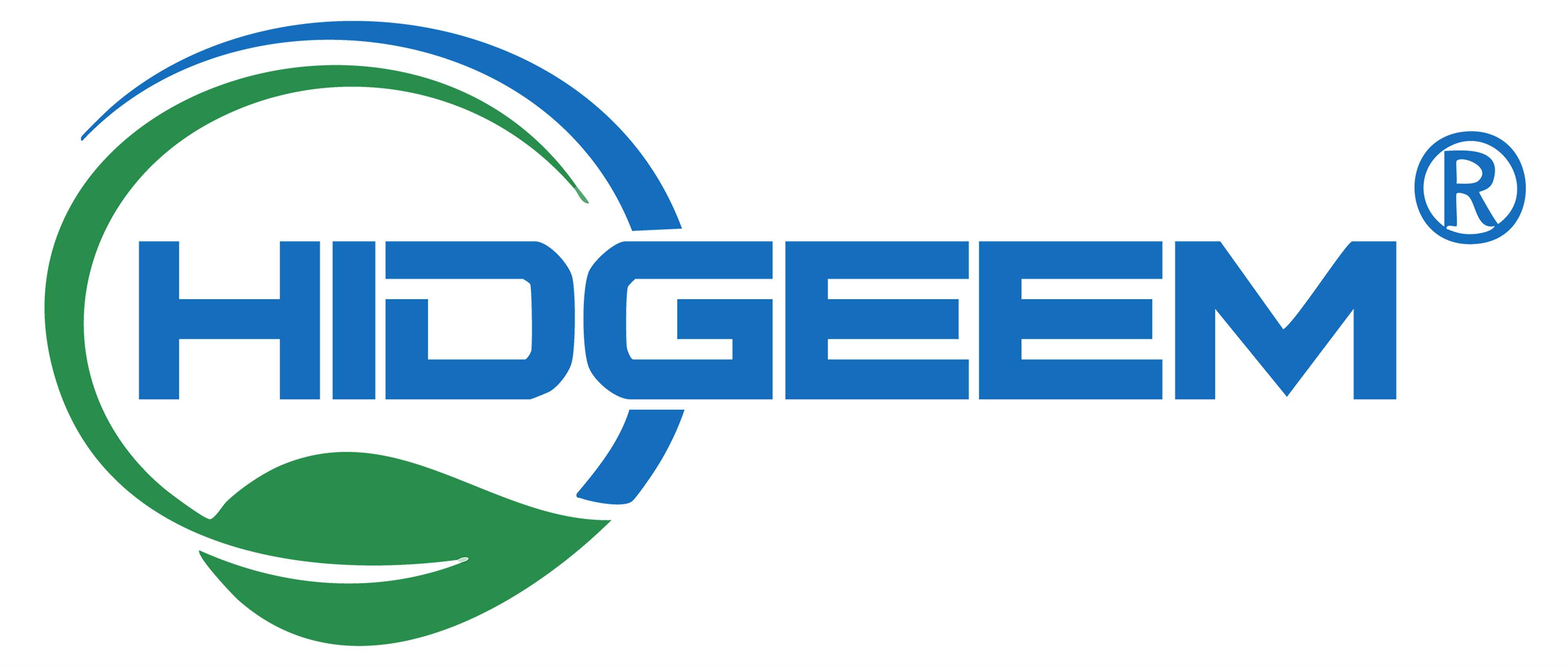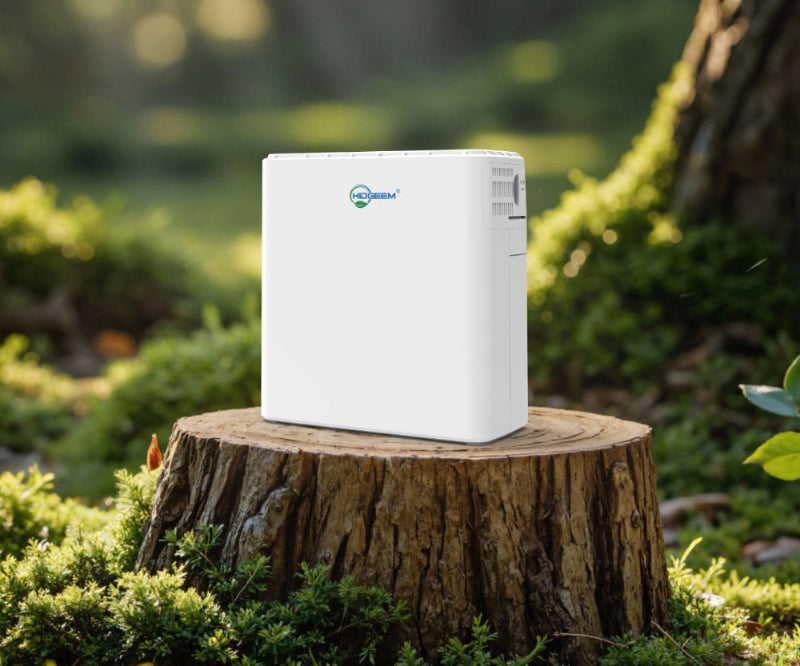
Oxygen Therapy for Lungs — Devices, Severity Levels, and the Numbers That Matter
When we talk about oxygen therapy for lungs, having precise, data‑backed information matters. Oxygen is powerful — too little, and you risk organ damage; too much, and you might worsen other issues like CO₂ retention. Here’s a clear, clinically informed guide to which devices make sense at different levels of lung disease, and how long you should reasonably be on oxygen.
When Is Oxygen Therapy Needed? The Numbers That Guide Decisions
-
Long-term oxygen therapy (LTOT) is typically indicated when PaO₂ ≤ 55 mmHg or SpO₂ ≤ 88% at rest on room air. This is widely used in clinical trials and is referenced by Medicare coverage policies.
-
For borderline cases (PaO₂ of 56–59 mmHg or SpO₂ ~89%) plus evidence of pulmonary hypertension, cor pulmonale, or elevated red blood cell count, supplemental oxygen may also be justified.
-
In some patients, resting oxygen is fine, but during exercise or a 6‑minute walk test, their SpO₂ drops to ≤ 88%. In those cases, ambulatory oxygen is often used.
-
During acute or hospital settings, typical SpO₂ targets are 90–94% for most patients; but for COPD patients at risk of CO₂ retention, the safer target is often 88–92%.
How Much Oxygen Time Is Actually Recommended?
It depends on severity — not everyone needs 15 hours per day. Here’s a realistic breakdown:
| Lung Impairment | Typical Indication | Recommended Oxygen Use Duration |
|---|---|---|
| Mild | Resting SpO₂ ≥ 89%, but desaturates on exertion to ≤ 88% | Use mainly during activity or exertion; no need for 15‑hour/day oxygen therapy. Many patients use a portable oxygen concentrator only when walking, climbing stairs, or during exercise. |
| Moderate | Resting SpO₂ ~85–88%, or frequent desaturation with activity | Consider continuous or high-flow oxygen for part of the day. Some guidelines or clinicians may target 8–12 hours/day (or more) depending on symptoms, but not everyone needs full 24‑hour therapy. |
| Severe | Resting SpO₂ ≤ 88% (or PaO₂ ≤ 55 mmHg) on room air | Long-Term Oxygen Therapy (LTOT) research supports ≥ 15 hours/day (many recommend 15–24 hours) to reduce mortality and improve outcomes. And the patients need 5L or 10L big heavy medical oxygen concentrator. |
Oxygen Delivery Devices — Strengths & Trade‑offs
1. Oxygen Tanks (Compressed or Liquid)
-
Strengths: High purity oxygen, capable of very high flow. Good as a stationary or backup source.
-
Limitations: Heavy, difficult to carry, require refills, risk of pressure hazard.
-
Best used for: Patients who need high flow or continuous high‑flow oxygen, or as a backup for emergencies.
2. Home Oxygen Concentrators
-
Strengths: Unlimited oxygen when plugged in, no refills, relatively cost‑effective over time.
-
Limitations: Bulky, not portable, dependent on power.
-
Ideal for: Patients with moderate or severe lung disease who need oxygen for many hours per day (e.g., LTOT users).
3. Portable Oxygen Concentrators (POCs)
-
Strengths: Lightweight, battery‑powered, great for mobility. Some are pulse flow portable oxygen concentrator, others provide continuous flow.
-
Limitations: Battery life varies; pulse-flow POCs may not work well for people who need oxygen during sleep or rest.
-
Best for: Patients with mild to moderate disease, or those who desaturate primarily during activity.
Matching Device to Severity: Practical Guidance
-
Mild Lung Disease:
Use a pulse-flow or continuous-flow POC during activity. Because your resting SpO₂ is typically okay, you're not likely to need oxygen 15 hours a day. The goal is maintaining safe oxygen when you are active, especially if exercise causes desaturation. -
Moderate Lung Disease:
Consider a combination: a home concentrator when you are at rest or at home, and a continuous-flow POC when you go out or need portable support. Use your oxygen for several hours each day, based on your prescription and symptom profile. -
Severe Lung Disease:
Use LTOT via a home concentrator for the bulk of the day (≥ 15 hours), according to evidence from long-term outcome trials. Use a portable concentrator or oxygen tank as backup or for mobility when needed.
Safety & Monitoring Tips
-
Regularly check your SpO₂ with a pulse oximeter to ensure you're meeting your target range.
-
Avoid “over-oxygenating”: if your SpO₂ rises above your target (for example, > 94% in people at risk of CO₂ retention), consult your doctor — too much oxygen can be harmful.
-
For mobile POCs, carry extra batteries if needed; choose a device whose battery life aligns with how often you plan to use it.
Final Thoughts
-
Oxygen therapy for lungs isn’t “one size fits all.” The device and time you need depend on how low your oxygen is, how often it drops, and what your daily activities look like.
-
If your SpO₂ is only low during exertion (mild disease), you won’t need to run oxygen 15 hours a day.
-
For more severe disease, long-term use (≥ 15 hours/day) has proven benefits in mortality and symptom control.
-
Talk to your clinician, use objective tests (like oximetry or ABG), and choose a device that matches your oxygen needs, your lifestyle, and your target SpO₂.
Share






